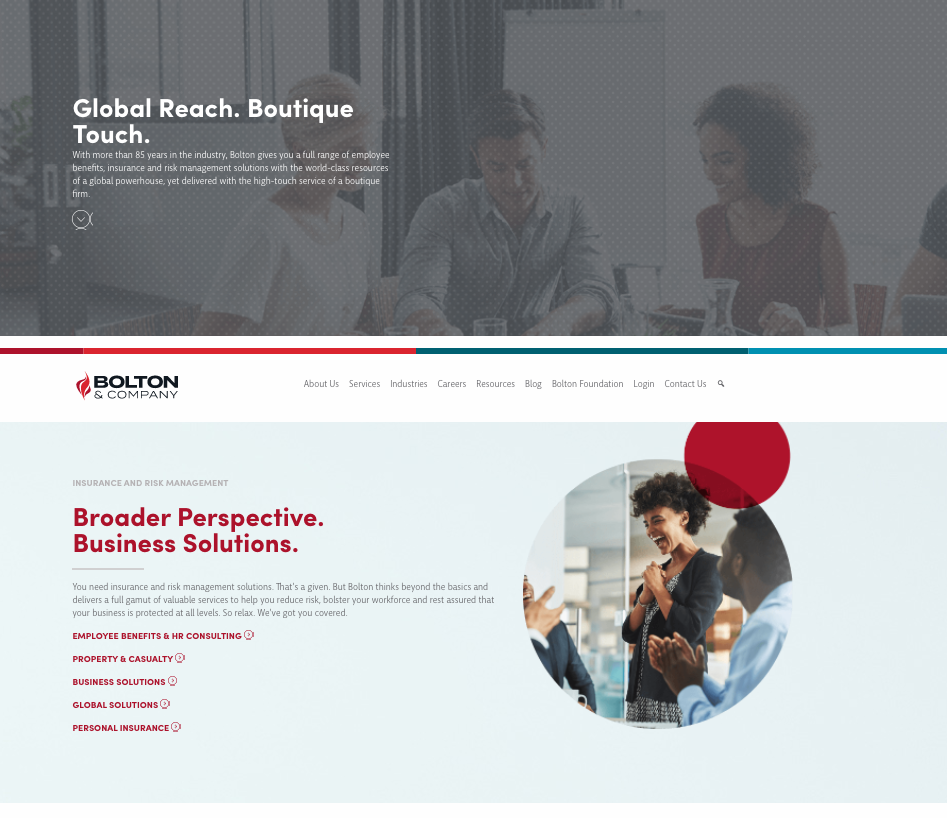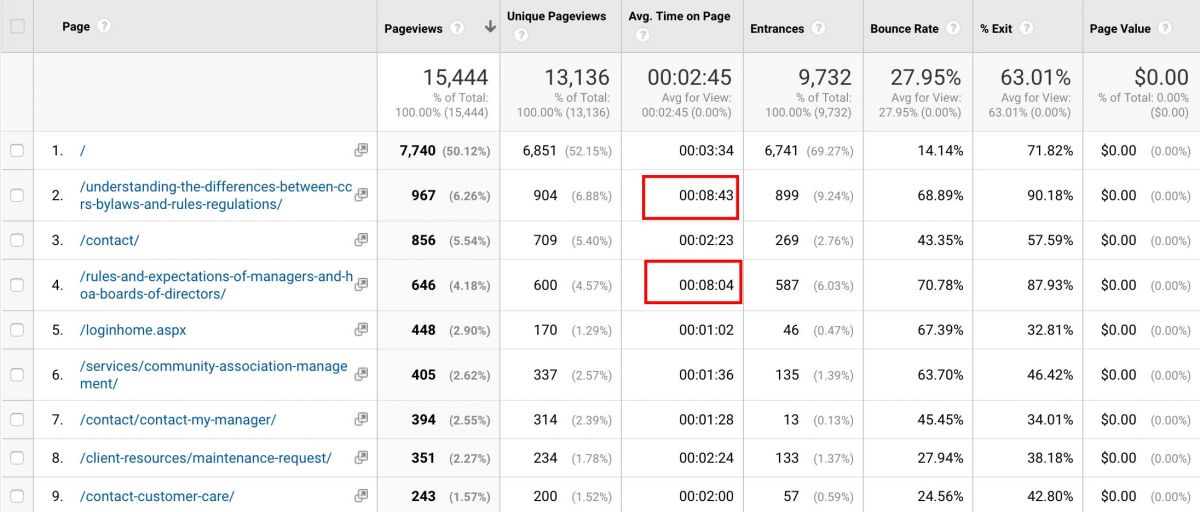

Updated January 3, 2025
Learn the elements of effective B2B websites that generate leads and uphold a strong brand.
Many people assume that all beautiful websites are successful. This isn't always the case.
Some B2B firms that get caught up in the design overlook the importance of other website elements. A lovely website is great to look at, but does it inspire trust, build credibility, and connect with a prospect’s needs and desires?
Looking for a Web Design agency?
Compare our list of top Web Design companies near you
If your website doesn’t provide the information customers want, you’ll know. About 79% of people who don’t like what they find on a website will go back and search for another site.
Although a polished design contributes to the success of a website, there are four critical principles for building a successful website. These include:
If companies don’t consider these principles, even the most beautiful websites will struggle to perform and won’t contribute to the bottom line.
In this article, we take a closer look at each principle and how it contributes to the efficacy of a B2B website.
The first rule in B2B marketing is that messaging isn’t about your firm; it’s about your audience.
A refined, clear message that centers around what your prospects and customers need or want establishes your company’s purpose.
Don't talk about yourself; talk about what your prospects want.
For example, Perr & Knight, an insurance consulting firm operating in a highly competitive space, wanted to focus on how it helps insurers stay on top of their markets. As such, the company created a strong, compelling message: “When the ordinary just won’t do.”
This speaks directly to a prospective client’s need to introduce new insurance products for specific companies.

Ensure the messaging is consistent throughout the website and your overall marketing materials. This includes brochures, blogs, email campaigns, and direct mail campaigns.
Perr & Knight placed their messaging on all its materials, including its product brochures and white papers.

Service Brochure
The results of the company’s messaging are evident in the site’s conversion statistics. In the year since launching the new messaging, Perr & Knight has received 97 contact form completions and 93 white paper downloads.
All contact form completions and white paper downloads are tracked in Google Analytics using a “Thank You” page that the user sees once the form is submitted.

That way, Perr & Knight can keep track of just how successful its white papers and forms are.
Have you ever gone to a store to look for a certain item and struggled to find it? Doesn’t that create a frustrating experience? An intuitive store layout would have solved your problem.
An effective website has an intuitive layout. That layout depends on the user’s needs and experience, not on the company’s priorities.
A successful website carefully guides a user through the website and makes it easy to find the essentials. The larger the website, the tougher this becomes.
Bolton & Co., a risk mitigation and employee benefits firm, redesigned its website with a focus on creating a purposeful user interface. The firm offers five primary services and caters to 11 industries, so it would have been easy to end up with a cluttered website.
However, the website puts the services up front on the homepage for easy navigation.

Many companies make the mistake of discussing why prospects should work with them before presenting their services or products. However, clients are checking to see whether you offer what they need. Once they’ve confirmed that you do, then they’ll want to learn why they should choose your company.
As you design your website, think about potential clients’ needs:
 Another example of an intuitive layout for a company with a range of services is MediKeeper, a SaaS company in the health and wellness industry.
Another example of an intuitive layout for a company with a range of services is MediKeeper, a SaaS company in the health and wellness industry.
The website uses images, icons, and a scrolling layout to take website visitors on a journey, beginning with the most pertinent content:
Successful websites have great, not just good, content that creates a connection with prospects and customers.
Rather than just discussing services, hosting product or service brochures, a brand must produce content for every stage of the buyer's journey.
If your company isn’t placing an emphasis on creating great content and doesn’t have a content marketing strategy, it’s time to get started.
Did you know that…
Here’s an example of content strategy benefiting a company.
A property management firm runs a content marketing strategy that includes educational blogs for homeowners’ association (HOA) residents and board members. In September 2017, two of the top five most-visited pages on the website were articles created solely to educate homeowners and HOA board members.
These two blog articles have an average time 8:43 minutes and 8:04 minutes spent on the pages, respectively. The content is not only bringing an audience, but is keeping them engaged.

These articles regularly receive comments and questions that gives the company the opportunity to connect with readers.
Proper SEO optimization is essential to ensure a company’s website shows up for the right searches.
The goal of search engine optimization (SEO) is to tell users and search engines what information is available on your website.
For example, a global logistics provider approached us to optimize its website. They provide freight forwarding and logistics for companies looking to bring products into the U.S.
While the site was previously optimized for global logistics, our keyword research told us that their ideal prospect was searching for “international freight forwarder.” We optimized the website for that term.
Six months later, the website had a 59% increase in organic traffic and garnered 53 leads in a month just from organic traffic.

Additionally, the average session duration increased by 12%, meaning that users engaged with the website for more time.
SEO takes a lot of thought and careful consideration. It’s not worthwhile to drive a ton of traffic to your website if that traffic isn’t your ideal audience. It’s actually OK to see a dip in traffic through optimization, as long as the overall quality of traffic has gone up.
Successful SEO begins with keyword research, which is the first step to understanding what your customers are looking for and getting them to your website.
Here are some SEO tips:
It’s important to take the ego out of web design and instead focus on the end user and their experience with your brand. Learn what matters to them and how can you deliver it to them efficiently.
A seamless digital experience with your brand sets the stage for a seamless partnership with your prospects.


